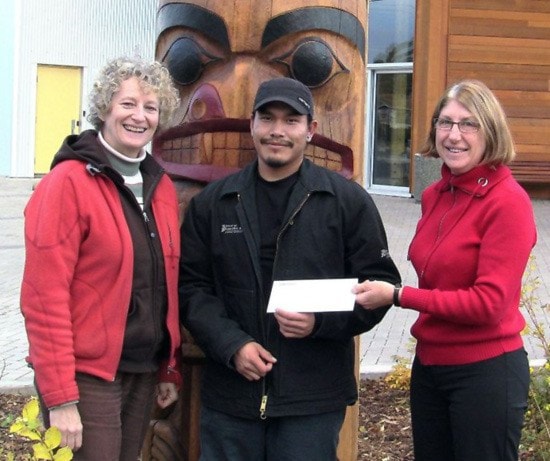A member of the Lake Babine Nation has won a $3,000 bursary for his outstanding work at Northwest Community College.
Richie Dominic Jr. says the bursary will go towards finishing a two-year NWCC degree in archeology and cultural resource management—a field he said he has been passionate about from day one in the program.
“I am interested in understanding my own cultural origins and traditional knowledge, and passing this information onto my peers and community members,” said Dominic in an essay.
Students in the archeology and cultural resource management program perform some fieldwork and take classes on topics ranging from First Nations studies to sociology and geographic information systems.
Graduates can go on to a Bachelor’s degree after doing another two years of course work at a university.
“Richie has consistently stood out both academically and in the workplace,” said Richard Jenne, one of Dominic’s instructors at the NWCC School of Exploration and Mining.
Dominic started in the college’s environmental monitor assistant program, then move on to work as a field assistant, a driller’s helper and a team leader in NWCC’s workforce training program.
“I couldn’t think of a more deserving student to receive a CAMA bursary,” added Jenne.
The Canadian Aboriginal Minerals Association (CAMA), is a non-profit organization that seeks to educate people on the minerals industry and advocate for the economic and environmnetal interest of aboriginal communities involved in the mining sector.
According to 2006 census data, there were 4515 aboriginal people working in the Canadian minerals industry in 2006—7.5 per cent of the entire mining labour force.
Residents in roughly 1200 aboriginal communities live within 200 km of a producing mine, according to a 2005 report from Natural Resources Canada.
